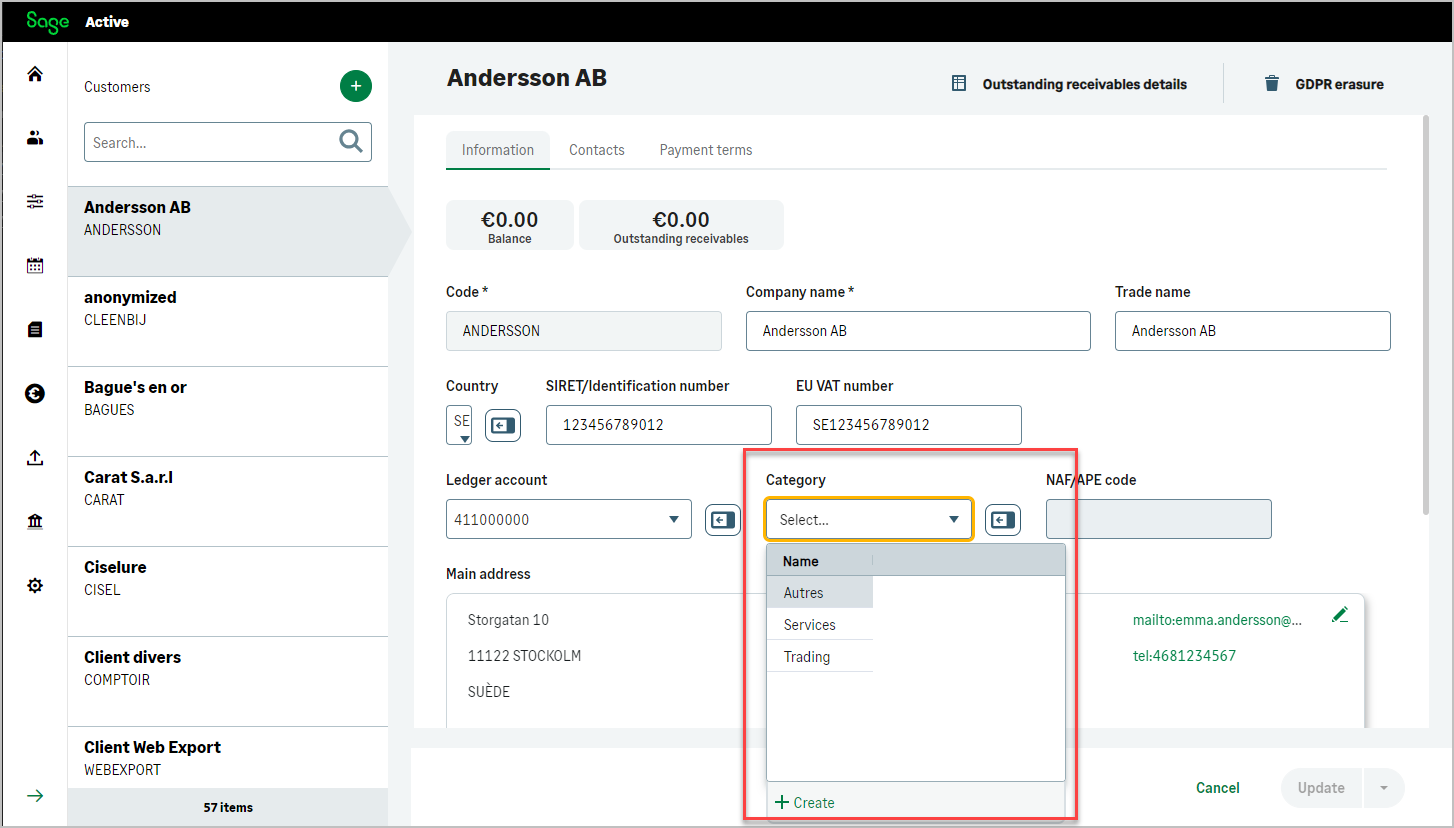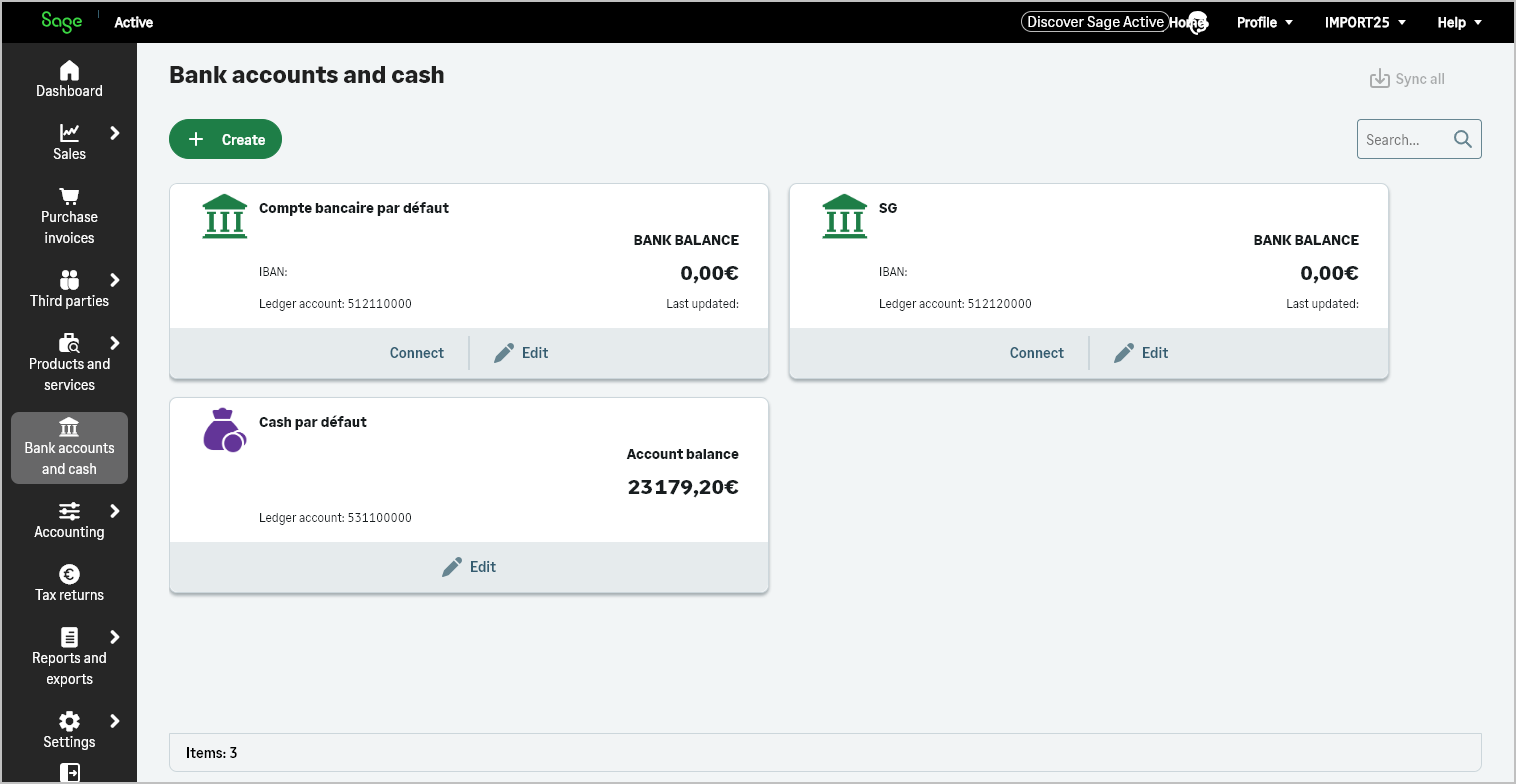Customer
API resources overview / Customers
Represents individuals or businesses that purchase goods or services from the organization.
It offers the option to add contacts and their details within third-party entities, as well as the ability to define default payment conditions.







